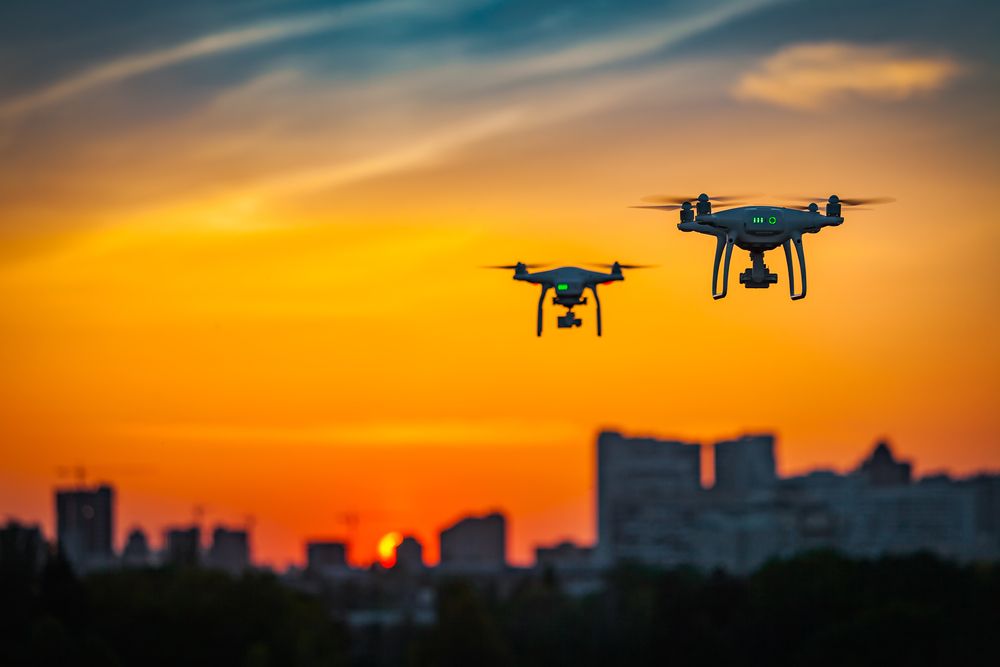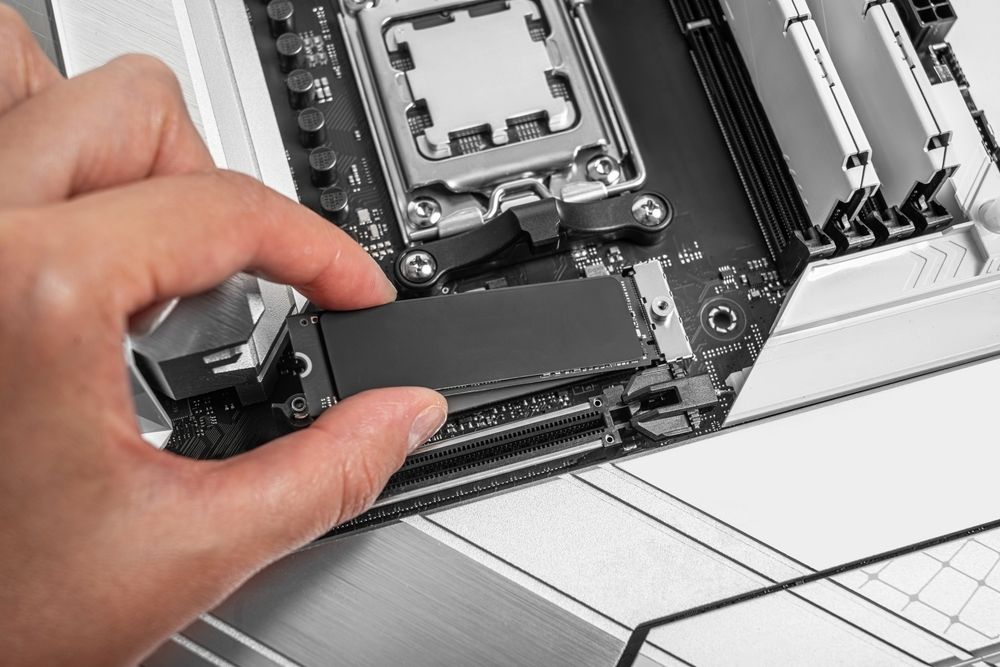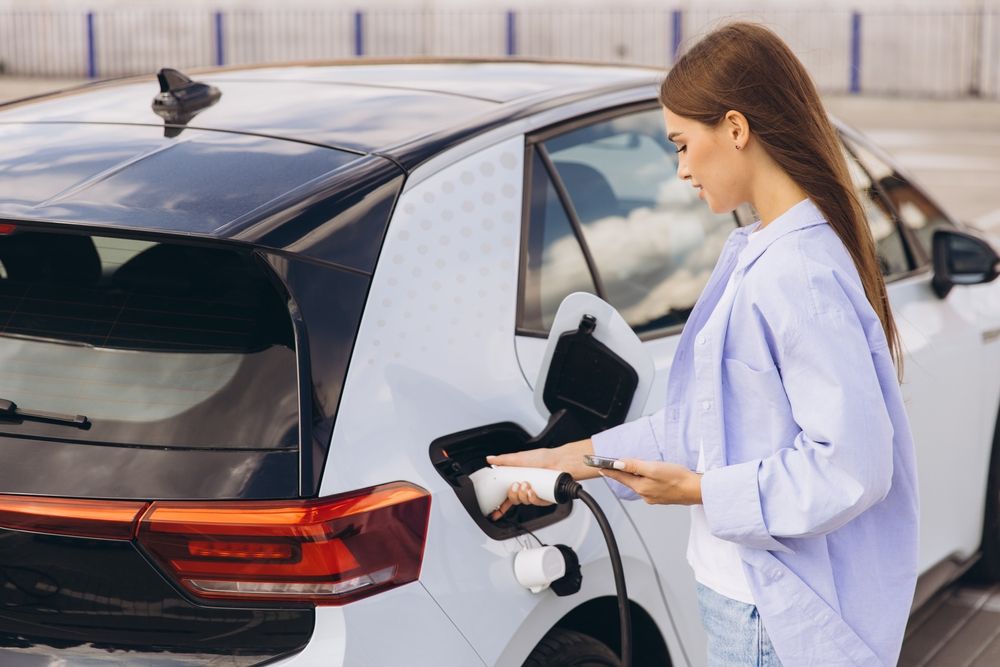Drones with cameras have become increasingly popular among hobbyists, photographers, and videographers. With so many models available, it can be challenging to determine which drone best suits your needs. Whether you’re looking for an entry-level drone for casual flying or a high-end drone for professional photography, this guide will help you navigate the key factors to consider when making your purchase.
Identify Your Purpose for the Drone
The best drone for you depends on how you plan to use it. Different drones cater to various needs, such as casual flying, aerial photography, videography, or even racing.
Common Uses:
- Aerial Photography and Videography: Requires drones with high-quality cameras and stable gimbals.
- Casual Flying and Fun: Look for budget-friendly drones with easy controls.
- Professional Work: Choose drones with advanced features, longer battery life, and high-resolution cameras.
- Racing: Opt for lightweight drones with high-speed capabilities and quick response time.
Understanding your intended use will narrow down your choices, making it easier to find the perfect match.
Consider the Camera Quality
For photography and videography enthusiasts, camera quality is a top priority. Drones with advanced cameras offer higher resolutions, better lenses, and enhanced stabilization.
What to Look For:
- Resolution: 4K is now the standard for high-quality video, but some drones also offer 6K or 8K options.
- Frame Rate: A higher frame rate (e.g., 60fps) ensures smoother footage, especially for action shots.
- Gimbal Stabilization: A 3-axis gimbal stabilizes the camera, ensuring smooth, shake-free videos and photos.
- Zoom Capabilities: Optical zoom offers better results than digital zoom for aerial shots.
- Sensor Size: Larger sensors improve image quality and low-light performance (e.g., 1-inch sensors).
If you’re shooting professionally, investing in a drone with superior camera features will significantly enhance your footage.
Evaluate Flight Time and Battery Life
Battery life is crucial for uninterrupted flying sessions. Most drones offer between 20 to 40 minutes of flight time per charge.
Key Considerations:
- Battery Life: Higher-end drones provide longer flight times (30 minutes or more).
- Extra Batteries: Check if the drone package includes spare batteries or purchase extras for longer flights.
- Battery Charging Time: Fast-charging options are beneficial if you plan to fly multiple times in one day.
Extended flight time is especially important for professional videographers or when exploring large areas.
Check the Range and Signal Transmission
The transmission range determines how far you can fly the drone while maintaining a live video feed.
What to Look For:
- Signal Range: Higher-end drones offer ranges of 5 to 10 kilometers or more.
- Live Video Transmission: Look for drones with real-time FPV (first-person view) streaming.
- Obstacle Avoidance Systems: Helps ensure safe flying even at longer distances.
A strong signal range ensures uninterrupted flying, especially when shooting in remote or expansive areas.

Focus on Flight Controls and Ease of Use
If you’re a beginner, you’ll want a drone that is easy to control. Experienced users may prefer models with advanced flight modes.
Flight Control Features:
- GPS Locking: Ensures the drone stays stable and hovers in place, even in windy conditions.
- Auto Takeoff and Landing: Great for beginners learning to fly.
- Follow Me Mode: The drone tracks and follows a subject, ideal for action footage.
- Waypoint Navigation: Set predetermined paths for the drone to fly autonomously.
- Gesture Control: Some drones respond to hand gestures for quick selfies or simple commands.
User-friendly drones make flying more enjoyable, while advanced features enhance creative possibilities.
Review Portability and Build Quality
Portability is important for travelers or those needing to transport their drone frequently.
What to Consider:
- Foldable Drones: Many models fold into compact sizes, making them easy to carry.
- Weight: Lightweight drones are easier to transport but may be less stable in windy conditions.
- Build Quality: Look for durable materials like carbon fiber to withstand impacts.
Portability is essential for travel photographers or anyone who needs to take their drone on the go.
Explore Safety Features
Safety features protect both your drone and the environment around you.
Important Safety Features:
- Obstacle Avoidance: Uses sensors to detect and avoid obstacles in flight.
- Return-to-Home (RTH) Function: Automatically returns the drone to its takeoff point when the battery is low or the signal is lost.
- Geofencing: Prevents the drone from flying into restricted areas.
- Beginner Mode: Limits speed and range to help new pilots learn to fly safely.
Drones with robust safety features reduce the risk of accidents and ensure compliance with local regulations.
Research the Manufacturer and Customer Support
Choosing a reputable brand with reliable customer service can make a big difference in your experience.
Trusted Drone Brands:
- DJI: Industry leader known for high-quality drones with advanced features.
- Autel Robotics: Offers competitive alternatives to DJI with excellent performance.
- Parrot: Known for user-friendly drones with compact designs.
- Skydio: Specializes in autonomous drones with excellent obstacle avoidance.
Check for warranties, return policies, and customer support availability before purchasing your drone.
Set a Budget and Compare Models
Drones with cameras are available across a wide price range, so it’s essential to determine your budget before shopping.
Price Ranges:
- Under $500: Entry-level drones suitable for beginners and hobbyists.
- $500 to $1,000: Mid-range drones with improved cameras and flight features.
- Above $1,000: Professional-grade drones with high-resolution cameras and advanced controls.
Comparing models within your budget helps you find the best balance between price and features.
Understand Local Drone Regulations
Before flying your new drone, it’s essential to understand the local regulations governing drone usage.
What to Check:
- Registration Requirements: Some countries require drones to be registered before use.
- Flying Restrictions: Be aware of no-fly zones, such as airports or government buildings.
- Altitude Limits: Ensure you comply with height restrictions set by aviation authorities.
- Drone Insurance: Consider getting insurance to protect your investment and cover liability.
Following regulations ensures you fly safely and avoid legal issues.
Accessories to Consider
Enhance your flying experience with useful drone accessories.
Recommended Accessories:
- Extra Batteries: Extend your flying sessions.
- ND Filters: Control light exposure for better photos and videos.
- Propeller Guards: Protect your drone from collisions.
- Carrying Case: Keep your drone and accessories organized.
Investing in the right accessories enhances both convenience and performance.
Choosing the best drone with a camera requires careful consideration of your needs, budget, and flying experience. Evaluate the camera quality, battery life, range, and ease of use to find the right fit for you. Safety features, portability, and manufacturer support are also essential factors to consider. By doing your research and understanding local regulations, you’ll be ready to capture stunning aerial footage while enjoying a smooth flying experience.





